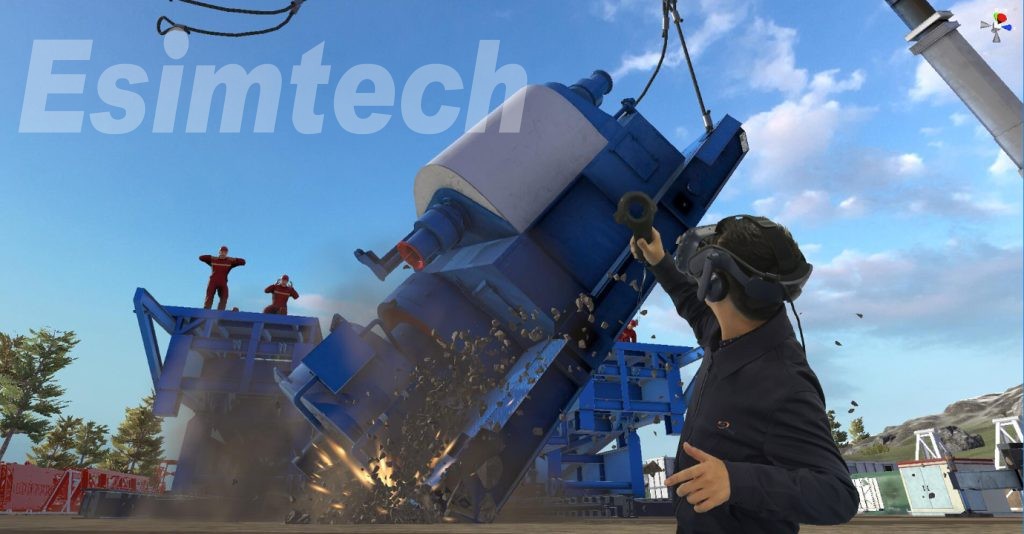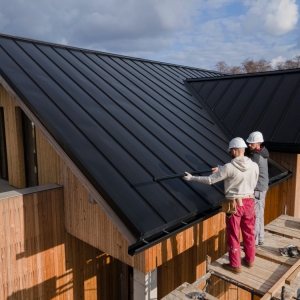The oil and gas industry is witnessing a significant transformation with the growing adoption of Virtual Reality (VR) technology, particularly in training and simulation applications. VR has emerged as a game-changer in drilling and well control training, offering trainees a safe, controlled, and immersive learning environment to develop their skills.

Traditionally, drilling and well control training involved live sessions on actual oil rigs, which came with inherent risks, high costs, and time-consuming logistics. However, VR technology has revolutionized this training process by providing trainees with a realistic simulation of an oil rig, ensuring they can learn and practice without any real-life dangers.
One of the most significant advantages of VR technology is its ability to create 3D virtual environments that accurately replicate real-world oil rigs. The simulator can be programmed to emulate various drilling scenarios, enabling trainees to practice and refine their skills in a controlled setting. Moreover, it can recreate hazardous situations that are challenging or impossible to replicate in reality, allowing trainees to practice emergency procedures and responses without any actual risks.
The adoption of VR technology in drilling and well control training offers several benefits, including:
Improved Safety: Safety is paramount in the oil and gas industry, known for its hazardous work environments. Live training on real oil rigs exposes trainees to potential dangers, even with strict safety protocols. VR technology provides a safer alternative by enabling trainees to experience realistic scenarios without physical risks. They can practice handling emergencies, such as well control incidents, with accurate representations of hazards and appropriate responses, reducing the risk of injuries and equipment damage.
Realistic Scenarios: Realism is essential for effective training. VR technology empowers training programs with highly authentic 3D virtual environments that mimic actual oil rigs. Trainees can experience various drilling scenarios, drilling in different formations, handling different drilling fluids, and responding to different well control incidents. This immersive experience allows them to gain valuable expertise and confidence before applying their skills in real-life situations.
Enhanced Training: VR technology enhances the training experience by providing personalized feedback and coaching to trainees. The simulator can offer detailed performance analysis, enabling trainees to identify areas for improvement. Instructors can monitor progress and tailor training programs to individual needs, leading to more effective learning outcomes.
As VR technology continues to evolve and become more accessible, its role in the oil and gas industry is expected to grow even further. Beyond drilling and well control training, VR is finding applications in maintenance and inspection, where simulations can train workers to conduct safe and effective equipment and structural maintenance.
In conclusion, the integration of VR technology into drilling and well control training is revolutionizing the oil and gas industry's approach to skill development. The safety, cost-effectiveness, realistic scenarios, and enhanced training experience offered by VR make it a valuable asset in fostering a skilled and competent workforce. As technology progresses, VR is poised to drive positive change across various aspects of the oil and gas industry, empowering the industry to meet its challenges with confidence and expertise.







